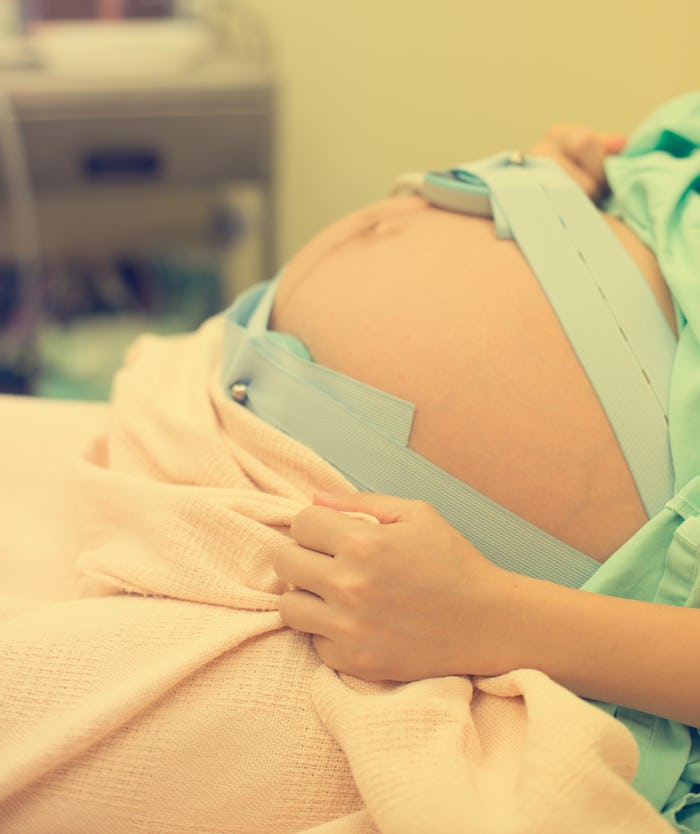Life

What Is A 3rd Degree Episiotomy?
Going into labor, I worried about a million things: Would my baby be OK? Would I be OK? How much was this going to hurt? But, most notably I worried that I would have to get an episiotomy. It was when the doctor asked the nurse to hand him the forceps that I knew not only would I be getting an episiotomy, it would be a big one. As it turned out, I had to get a third degree episiotomy in order to fit those forceps and my big-headed baby through my lady parts. So, what is a third degree episiotomy?
First, let's discuss what an episiotomy is. According the Mayo Clinic, an episiotomy is an incision made in the tissue between the vagina and the anus, known as the perineum, in order to enlarge the vaginal opening and facilitate childbirth. For years, almost every woman who had a vaginal delivery in a hospital received an episiotomy, but recent research has suggested that recovering from an episiotomy may actually be more painful than recovering from a natural tear. Because of this, many doctors today will allow the area to tear if it seems as though it will be minimal, and will only perform episiotomies when the baby is very large, or in distress and a quick delivery is necessary.
Because I had such a difficult time delivering my almost nine pound baby, and my son was beginning to show signs of distress, the doctor assisted me with the use the of aforementioned forceps. This resulted in needing an episiotomy, which frankly, was the bane of my existence for the next several weeks.
Mater Health Services describes a third degree episiotomy as a tear or laceration through the perineal muscles and the muscle layer that surrounds the anal canal. Third degree episiotomies and tears require stitches, and can take two months or longer before the wound is healed and the area comfortable again. Episiotomies are repaired after the delivery of the placenta and according to Medscape, doctors will use dissolving sutures, so you won't have to get them removed.
During your recovery time, your doctor will likely recommend sitz baths (warm shallow baths) to cleanse the sutured area, relieve soreness and speed healing. Johns Hopkins Medicine recommended using an ice pack to reduce swelling and pain. Your doctor will tell you if you can use any medicated creams, numbing sprays, and which over-the-counter pain relievers you can take.
Episiotomies are no fun, but they are sometimes needed in order to get your baby out safely and prevent more severe tearing which will be more uncomfortable in the long run.